Spectacular Space Photos
flying1368
Published
01/03/2013
Awesome 2012 pictures. Some of the descriptions were really long, edited for space.
- List View
- Player View
- Grid View
Advertisement
-
1.
 Known as Herbig-Haro 110 and spotted in the constellation Orion, the geyser is located some 1,300 light years from Earth. Hubble Space Telescope captured the image and NASA released it July 3.
Known as Herbig-Haro 110 and spotted in the constellation Orion, the geyser is located some 1,300 light years from Earth. Hubble Space Telescope captured the image and NASA released it July 3. -
2.
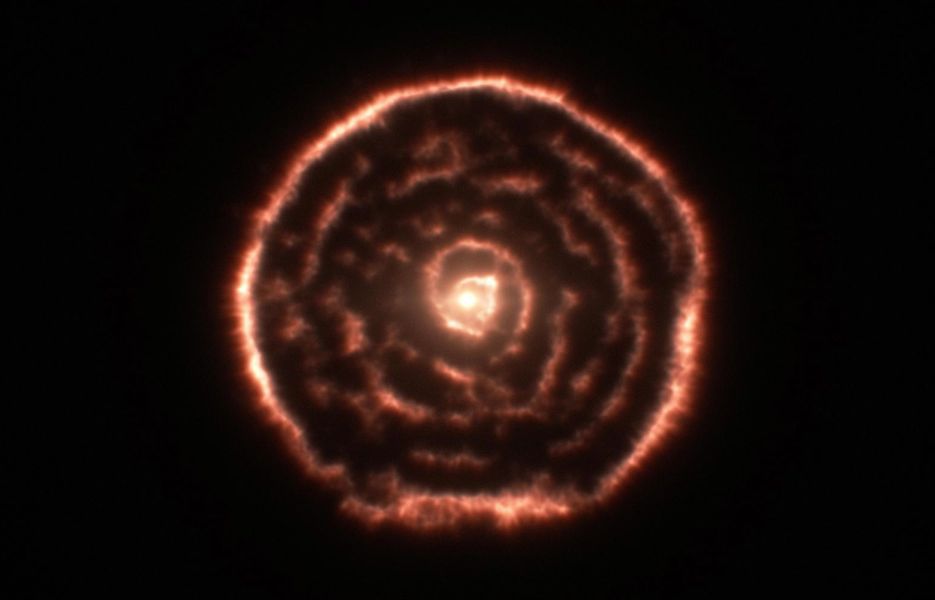 This photo of a dying red giant star depicted an unexpected spiral structure around its center. Astronomers surmise that this might be what Earth's sun looks like at the end of its life.
This photo of a dying red giant star depicted an unexpected spiral structure around its center. Astronomers surmise that this might be what Earth's sun looks like at the end of its life. -
3.
 Solar Corona. The flare traveled at an astonishing 900 miles per second, and connected with Earth's magnetic environment, causing aurora to appear on the night of Sept. 3.
Solar Corona. The flare traveled at an astonishing 900 miles per second, and connected with Earth's magnetic environment, causing aurora to appear on the night of Sept. 3. -
4.
 Astronomers discovered a "super-Jupiter" seen in the upper left of this image. Designated Kappa Andromedae b, the new object has a mass about 12.8 times greater than Jupiter's.
Astronomers discovered a "super-Jupiter" seen in the upper left of this image. Designated Kappa Andromedae b, the new object has a mass about 12.8 times greater than Jupiter's. -
5.
 This stunning photo shows the moon and Earth's atmosphere as seen from the International Space Station
This stunning photo shows the moon and Earth's atmosphere as seen from the International Space Station -
6.
 This composite image of M101 also known as the Pinwheel Galaxy combines data from four of NASA's space-based telescopes.
This composite image of M101 also known as the Pinwheel Galaxy combines data from four of NASA's space-based telescopes. -
7.
 This composite uses a number of images of the Earth's surface taken by instruments onboard the Suomi NPP satellite on Jan. 4, creating an image similar to the famed "Blue Marble."
This composite uses a number of images of the Earth's surface taken by instruments onboard the Suomi NPP satellite on Jan. 4, creating an image similar to the famed "Blue Marble." -
8.
 Carina Nebula. This cloud of glowing gas is about 7,500 light years from Earth and includes several of the brightest and heaviest stars known.
Carina Nebula. This cloud of glowing gas is about 7,500 light years from Earth and includes several of the brightest and heaviest stars known. -
9.
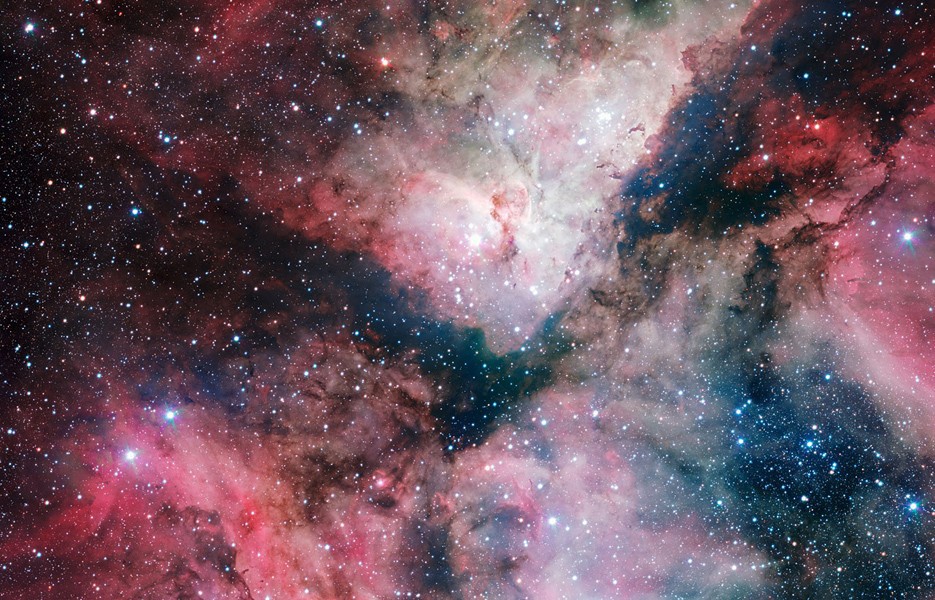 A spectacular new image of the star-forming Carina Nebula was captured by the VLT Survey Telescope at ESO's Paranal Observatory on June 5.
A spectacular new image of the star-forming Carina Nebula was captured by the VLT Survey Telescope at ESO's Paranal Observatory on June 5. -
10.
 Centaurus A is a massive elliptical galaxy with a supermassive black hole at its heart. It's about 12 million light years away in the southern constellation of Centaurus.
Centaurus A is a massive elliptical galaxy with a supermassive black hole at its heart. It's about 12 million light years away in the southern constellation of Centaurus. -
11.
 On Jul 20, NASA released the highest-resolution images ever taken of the sun's corona
On Jul 20, NASA released the highest-resolution images ever taken of the sun's corona -
12.
 NASA's Curiosity rover this fall used the Mars Hand Lens Imager MAHLI to capture dozens of high-resolution images that were combined into self-portrait images of the rover.
NASA's Curiosity rover this fall used the Mars Hand Lens Imager MAHLI to capture dozens of high-resolution images that were combined into self-portrait images of the rover. -
13.
 This stunning view of Earth reveals the planet at night in unprecedented detail, earning it the nickname, "Black Marble.
This stunning view of Earth reveals the planet at night in unprecedented detail, earning it the nickname, "Black Marble. -
14.
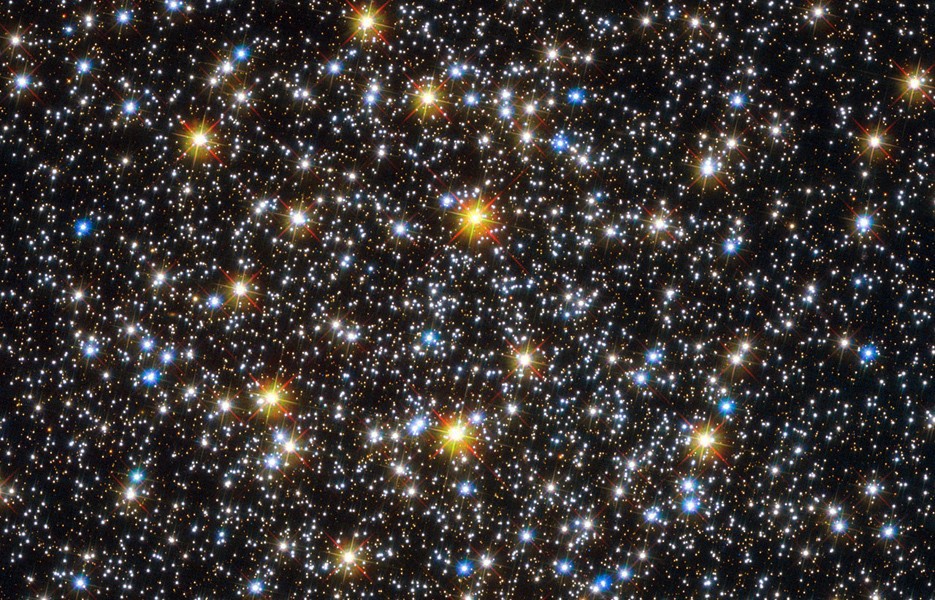 Globular clusters are some of the oldest structures in the universe, and the stars in NCG 6362 are around 10 billion years old.
Globular clusters are some of the oldest structures in the universe, and the stars in NCG 6362 are around 10 billion years old. -
15.
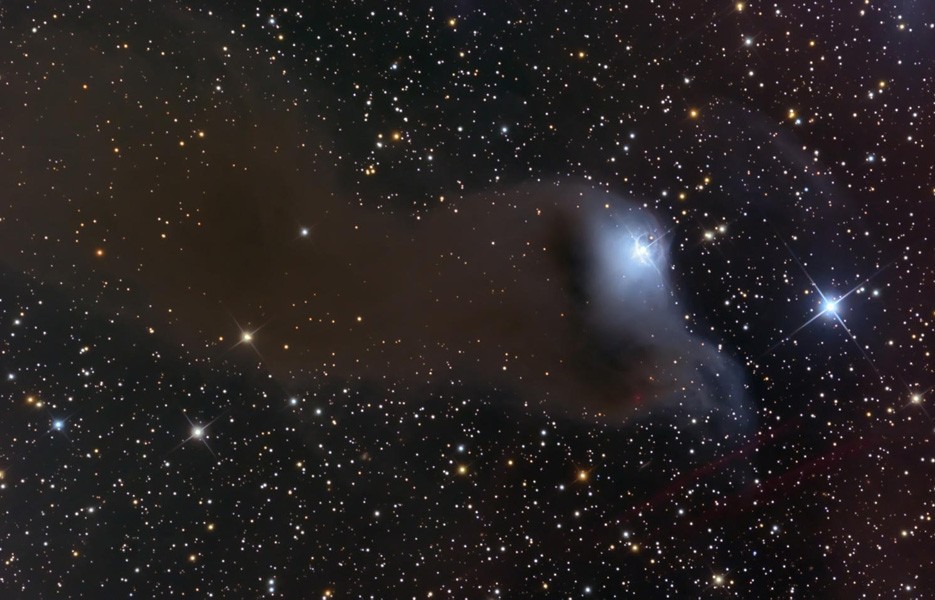 Described as a "dusty curtain" or "ghostly apparition," mysterious reflection nebula VdB 152 is very faint. Also called Ced 201, it is nearly 1,400 light years away.
Described as a "dusty curtain" or "ghostly apparition," mysterious reflection nebula VdB 152 is very faint. Also called Ced 201, it is nearly 1,400 light years away. -
16.
 Located 650 light years from Earth, the Helix nebula is the cosmic remains of a dying star.
Located 650 light years from Earth, the Helix nebula is the cosmic remains of a dying star. -
17.
 NASA's Wide-field Infrared Survey Explorer WISE mission recently discovered thousands of newfound supermassive blackholes and galaxies -- called Hot DOGs
NASA's Wide-field Infrared Survey Explorer WISE mission recently discovered thousands of newfound supermassive blackholes and galaxies -- called Hot DOGs -
18.
 The image captures the hazy green of the aurora borealis and the shining light of daybreak on the Earth's horizon. Over Moscow.
The image captures the hazy green of the aurora borealis and the shining light of daybreak on the Earth's horizon. Over Moscow. -
19.
 On Aug. 27, NASA released a high-resolution shot of the dark dunes and layered rock at the base of Mars' Mount Sharp, Curiosity's eventual destination. T
On Aug. 27, NASA released a high-resolution shot of the dark dunes and layered rock at the base of Mars' Mount Sharp, Curiosity's eventual destination. T -
20.
 Called the Pencil Nebula, this streak of vibrant red and blue is part of a ring of wreckage resulting from a supernova explosion that occurred 11,000 years ago
Called the Pencil Nebula, this streak of vibrant red and blue is part of a ring of wreckage resulting from a supernova explosion that occurred 11,000 years ago -
21.
 This image shows a part of a vast dark cloud of interstellar dust called the Pipe Nebula
This image shows a part of a vast dark cloud of interstellar dust called the Pipe Nebula -
22.
 This image of a cyclone over Saturn from NASA's Cassini mission was taken on Nov. 27 with Cassini's narrow-angle camera. The camera was pointing toward Saturn from approximately 224,618 miles away.
This image of a cyclone over Saturn from NASA's Cassini mission was taken on Nov. 27 with Cassini's narrow-angle camera. The camera was pointing toward Saturn from approximately 224,618 miles away. -
23.
 This image depicts the unilluminated side of Saturn's rings . The view was captured at a distance of approximately 1.5 million miles from Saturn.
This image depicts the unilluminated side of Saturn's rings . The view was captured at a distance of approximately 1.5 million miles from Saturn. -
24.
 Eclipse-hunters flocked to Queensland, Australia's tropical northeast on Nov. 14 to watch the region's first total solar eclipse in 1,300 years.
Eclipse-hunters flocked to Queensland, Australia's tropical northeast on Nov. 14 to watch the region's first total solar eclipse in 1,300 years. -
25.
 NASA's Hubble Telescope captured this image of Eta Carinae, a binary star system. In 1843, Eta Carinae was the second-brightest star in the night sky, but by the 20th century, it was invisible to the naked eye
NASA's Hubble Telescope captured this image of Eta Carinae, a binary star system. In 1843, Eta Carinae was the second-brightest star in the night sky, but by the 20th century, it was invisible to the naked eye -
26.
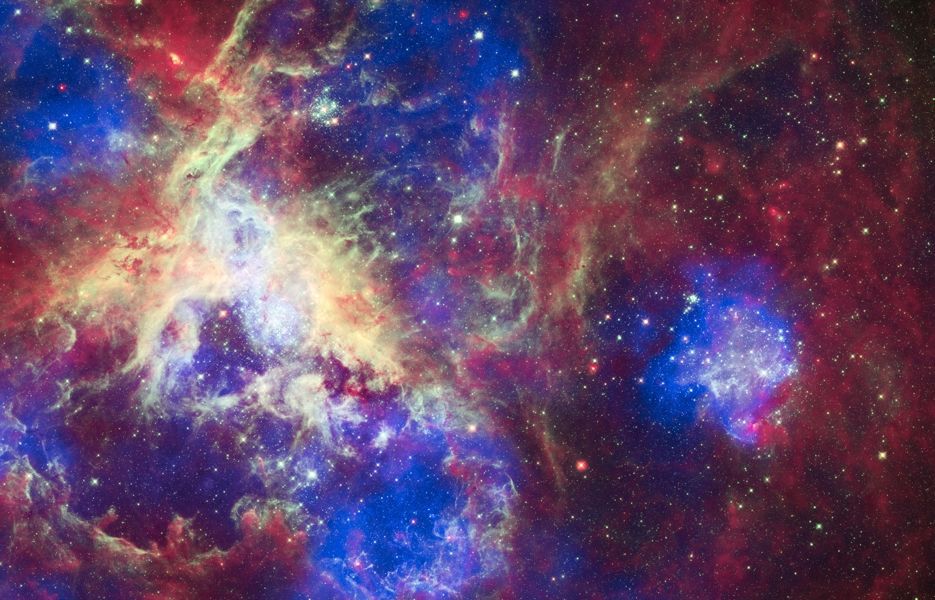 Mammoth Tarantula Nebula is an interstellar cloud made up of helium, hydrogen, dust and gases. According to NASA, it's "one of the largest star-forming regions located close to the Milky Way
Mammoth Tarantula Nebula is an interstellar cloud made up of helium, hydrogen, dust and gases. According to NASA, it's "one of the largest star-forming regions located close to the Milky Way -
27.
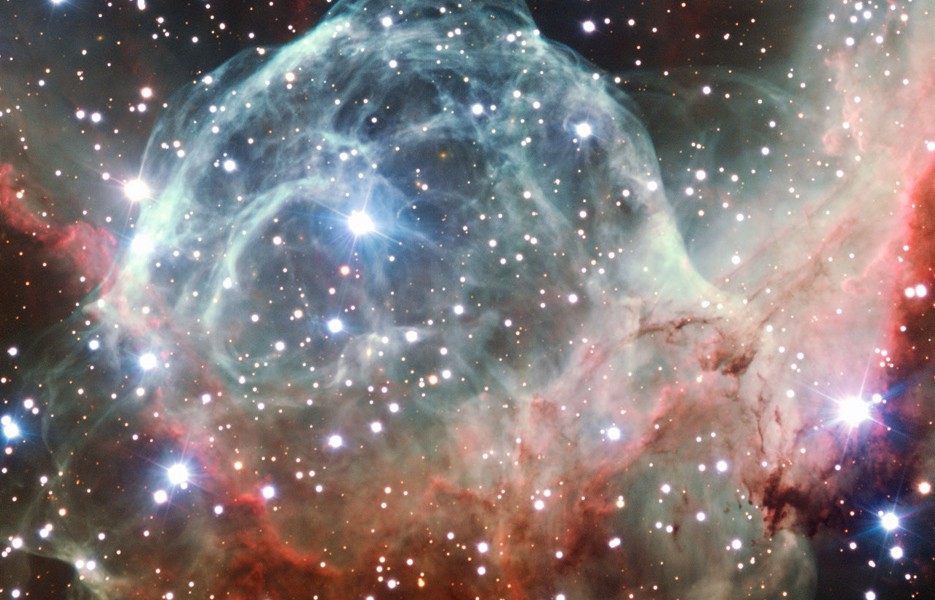 This view of the Thor's Helmut Nebula, also known as NGC 2359, was captured on Oct. 5. The helmet-shaped nebula is around 15,000 light-years away from Earth.
This view of the Thor's Helmut Nebula, also known as NGC 2359, was captured on Oct. 5. The helmet-shaped nebula is around 15,000 light-years away from Earth. -
28.
 On July 2, Hubble Space Telescope posted this portrait of dying star Camelopardalis U Cam for short as it released a spherical shell of gas.
On July 2, Hubble Space Telescope posted this portrait of dying star Camelopardalis U Cam for short as it released a spherical shell of gas. -
29.
 Located 650 light years from Earth, the Helix nebula is the cosmic remains of a dying star.
Located 650 light years from Earth, the Helix nebula is the cosmic remains of a dying star. -
30.
 This incredible image of the central parts of the Milky Way was created by combining thousands of individual images from ESO's VISTA survey telescope into a single monumental mosaic
This incredible image of the central parts of the Milky Way was created by combining thousands of individual images from ESO's VISTA survey telescope into a single monumental mosaic








3 Comments